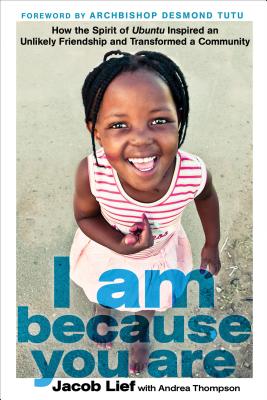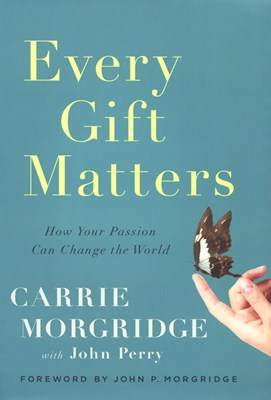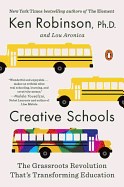Behind the List
June 16, 2015
A look at the philanthropic good works being done by three of the authors on May’s Bestseller List.

Many of the authors that appear on our monthly bestseller lists are not just full-time wordsmiths. They are real estate gurus, Ivy League professors, global mountain climbers, Hollywood producers, and more. Here’s a look at the philanthropic good works being done by three of the authors on May’s Bestseller List.
I Am Because You Are by Jacob Lief
We all have chance encounters with strangers throughout the day—someone in the next seat on the plane asks about the book we’re reading, a cashier comments on the fig jam we’re buying, the person on the next bar stool buys you a drink. And at that point, we face a choice: politely acknowledge the intrusion, or step into the unknown, engage, and see what the world has in store for you. As a 21-year-old on a semester abroad in South Africa, Jacob Lief chose the latter, and altered the course of his life. Sitting at a makeshift bar in Port Elizabeth, Lief talked all night with Malizole “Banks” Gwaxula about their shared interest in the power of education. 16 years later, their Ubuntu Education Fund helps thousands of local orphaned and vulnerable children through overlapping and comprehensive social services that stretch from cradle to career. Stay tuned for Aaron’s more in-depth article about Lief and Ubuntu coming soon.
Read more about the Ubuntu Fund here.
Every Gift Matters by Carrie Morgridge
My radio alarm goes off in the morning, and I’m reminded it’s that time of year when our local public radio stations are engaged in last-minute-help-us-make-the-budget fundraising campaigns. (Love you, WUWM! and WMSE! and RadioMilwaukee!) And while every station secretly hopes for a gigantic pile of cash to drop on their heads, their on-air pitches reassure us that “any amount makes a difference.” Does it? Turns out, it totally does. Pulling on her philanthropic experience at the helm of the the Morgridge Family Foundation for the past 15 years, Carrie Morgridge explains to those of us without private jets, vacation homes in Costa Rica and invitations to Davos how to target our giving—whatever the scale—and make a difference where we want it most in the world.
Read more about the Morgridge Family Foundation here.
Creative Schools by Sir Ken Robinson
I attended College Park Elementary School in the 1970s, a school built around the “open classroom” concept. The building was physically divided into two halves; one for grades 1-3 and another for grades 4-6. Within those halves, individual classrooms were created with floating dividers, allowing for an endlessly customizable space for teachers to utilize. And while the lack of real walls could create distraction for students (much like open offices today), the flexible curriculum attached to this structure was powerful for me. Certain subjects (like math and spelling) were taught concurrently across grades, in a system that allowed students to work at our own pace and move up to the next level as we were ready, not as part of a group. Sir Ken Robinson’s advocacy for personalization over standardization reminds me how fortunate I was to be involved in that educational experiment. I had one-on-one attention from an engaged teacher as I needed it. I didn’t have time to get bored. I was treated as an individual. If you haven’t seen any of Robinson’s inspirational TED Talks yet, check them out here. And then pick up his book to see how our educational system can put these thoughts into action.
Read more about Sir Ken Robinson’s work with schools here.




